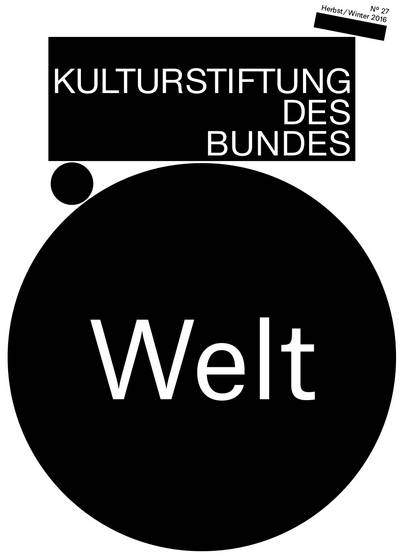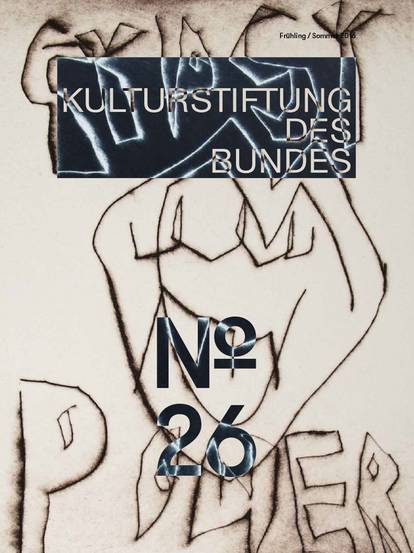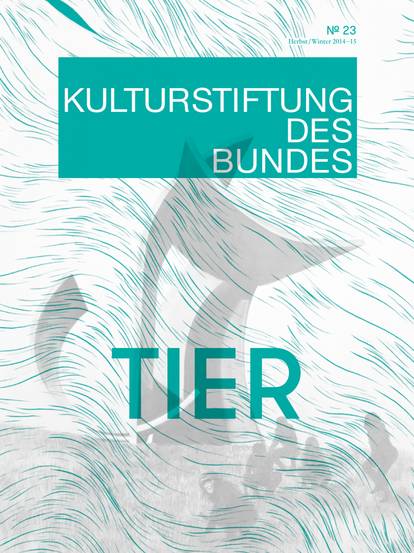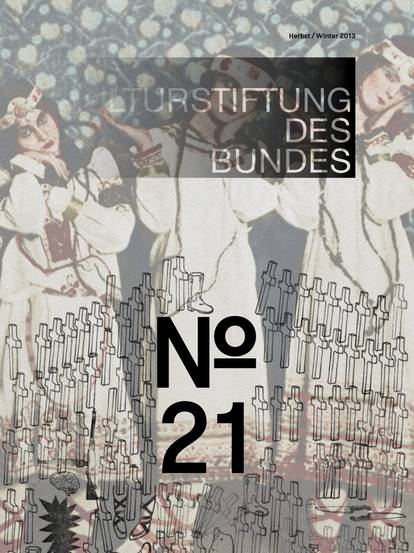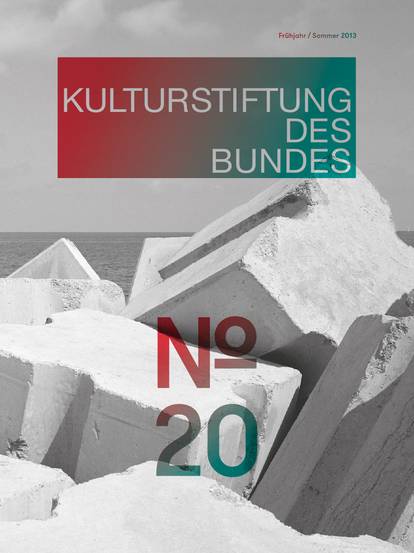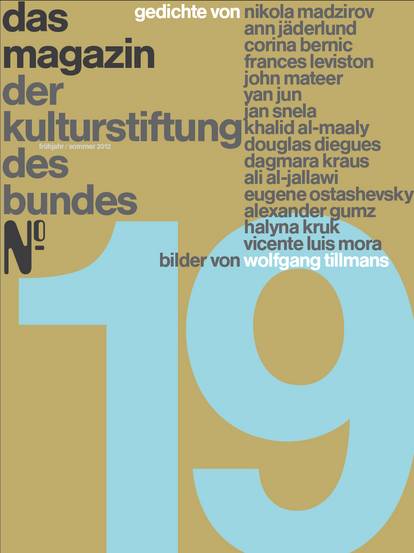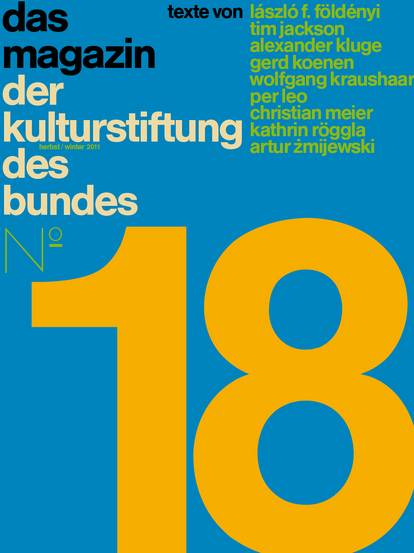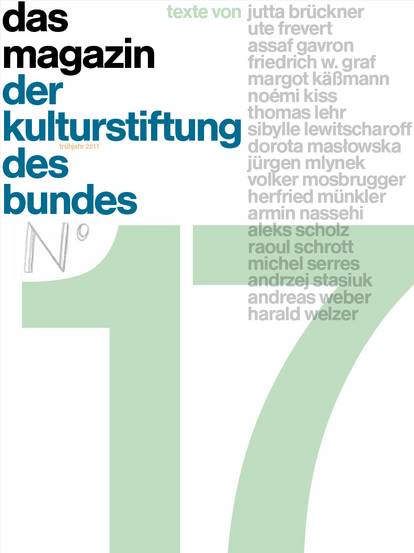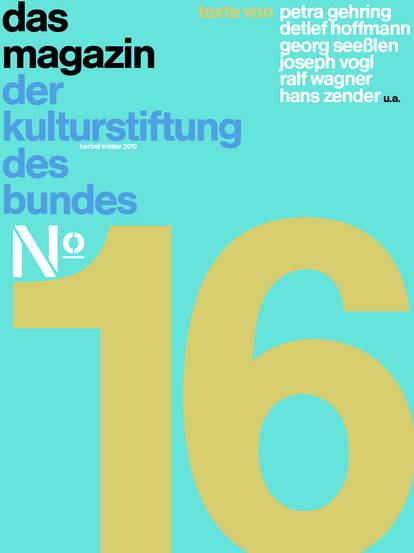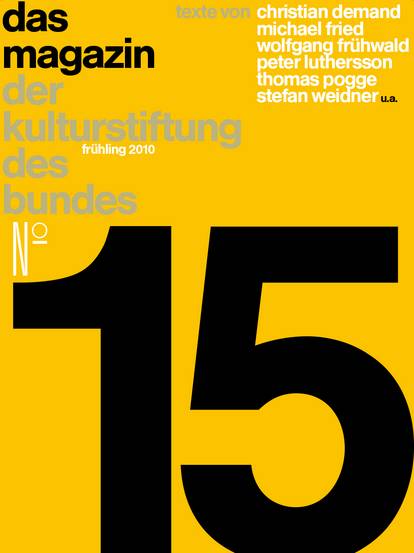In Ehm Welk’s novel “The Heathens of Kummerow”, the children of a Western-Pomeranian village become entangled in a disturbing conflict. In a scene in front of an inn, a miller beats his horse to the point of unconsciousness. The children witness this act of cruelty. They wait for the on-looking adults to do something, but only the cowherd Krischan Klammbüdel, the lowest and least in the village hierarchy, dares to stand up to the animal abuser. The children try to stay the miller’s arm and finally their fathers awake and put an end to the affair. But for the horse, it’s too late. Some claimed the sorrel opened his eyes one last time and looked at the miller, then at Krischan, and the way he gazed at Krischan was very different. Human-like. Because of this incident, the cowherd is cast out of the village, a victim of adult cowardice and administrative intrigue. The children, stunned by the injustice of it all, watch as he departs, his path from the village disappearing in the fog.
This story contains two paths which take us back to historical rural life: the use of nature (here in the form of a horse) and the personal experience of social inequality.
The horse is a farm animal; there’s no question about the legitimacy of its use. Anyone who earns their living from the water and soil, from animal and plant, knows that we humans appropriate nature. There is no way around it. We are heterotrophic; we live by subjugating, manipulating and destroying the life of others. This circumstance is generally acknowledged in agrarian culture. This is why environmental protection has never had it easy in the rural areas. Well-known figures who support very specific measures to protect the local region, the trees, the lakes or birds, might find an open ear, but one certainly won’t find peopling queueing at the NABU[i] info stand in front of the village supermarket. Based on the experience of the agricultural and forestry industries, protecting nature from human use is rather a form of bigotry.
Utilising nature is not an unregulated activity. It has its own principles and these are painfully obvious in the story of the killed horse. There are good and bad livestock owners, and the standards regulating them vary according to the rural culture. He or she who upholds the rules for dealing with nature can definitely be a proud user – but even a proud user is familiar with the feeling of regret. One takes joy in seeing beautiful, healthy animals thrive. One cares for them, feeds them and knows that some of them will be slaughtered in the winter. One is aware of one’s responsibility for this killing which must be carried out and personally endured every year with new selection decisions. This forces us to confront an unsolvable contradiction which can only be borne with the greatest need and sorrow, for we too share something with these creatures we use: the fact of mortality. Whatever the case may be, there is no position of innocence when it comes to our relationship to nature. It is this aspect which resonates in the line “forgive us our sins” in the Lord’s Prayer.
The second aspect refers to the social dimension of the incident in Kummerow, namely the display of social inequality. Like the appropriation of nature, this too is a distinctive trait of human existence which echoes in the petition “forgive us our sins” in the Lord’s Prayer. In the historical, rural world, social inequality was first and foremost a personal challenge – and only at a higher level did it become an issue of political criticism and public welfare. By rural we mean villages and small towns since both types of settlement are too small to spatially segregate social inequality and entrust the responsibility for alleviating the disparity to an institution. The poor and wealthy live as next-door neighbours. They often attend the same school and come in direct contact with one another in working relationships. There’s at least one extremely underprivileged person in every real village, and personal experience seems to confirm that there is usually good reason for why their social status is so low. Of course, we could analyse the reasons for their behaviour, but through constant interaction – and also the repeat patterns of social inequality – this question appears academic.
Here, too, the actual acknowledgment of a dilemma does not mean there are no applicable rules. To the contrary, underprivileged rural inhabitants have a right to participate in the community, though one may find some of their qualities strange or disruptive. Their odour or drinking habits don’t legitimise their absolute exclusion. Treating these people with decency, especially where others fail to do so, forges a pronounced awareness and ability to deal practically with social inequality. Yet something always remains unresolved. Despite the sovereignty we’ve gained in this matter, social disparity draws a fine line between the interpersonal relationships among unequals. There is never a doubt to which group one belongs. The authenticity of the privileged individuals is always measured by the fact that they do not lower themselves to the level of the others.
Stories like that of the killed horse and banished cowherd are created in places where people live in relatively small communities and personally cultivate the natural resources, or in other words, where they lead sedentary lives in an elementary, subsistence-based economy. These forms of sedentary life have been eroding away for centuries; more and more people are living in conurbations where their subsistence is guaranteed by supply networks. This is often the result of the violent destruction of subsistent forms of living due to war, energy production and land-grabbing. Yet one should not underestimate the draw of the big city which persists in the country and drives rural exodus. It derives from psychological duress.
The appropriation of nature and social inequality challenge rural dwellers to form their own judgements and lead their lives accordingly; they cultivate the ability to act unconventionally. But the rules by which human practice is judged, nevertheless remain a corset which the individual is powerless to loosen. Space itself, the relationship of house, village and landscape can become a prison. Those who suffer from the natural-social dilemma of the country cannot achieve freedom by implementing change on location, but only by changing locations – in other words, literally “skipping the country”. In this present phase of history, rural exodus has become synonymous with emancipation.
With the loss of spatial ties, feelings of individual guilt as mentioned above are no longer a given. Land usage becomes a systemic function of faraway places; the treatment of the poor becomes institutionalised. The appropriation of nature and production of misery are globalised, and one’s personal burden becomes a matter of universal guilt. For many people, humanity on the whole appears to be moving in the wrong direction, or alternatively, others are to blame for what’s going wrong in the world.
Consequently, young people today in modern cities are faced with a different dilemma than that facing the children in the village of Kummerow. They are hardly able to draw on personal experience to judge whether their parents’ behaviour deserves respect and admiration or reproach as a moral failure. The realisation that their entire lifestyle is inextricably linked to industrialised animal processing and terrible famines is shocking to many young people and gives rise to a desire for a generally untainted practice, for a radical withdrawal from the contradictions of life. Responsible consumption and, above all, the right type of diet have gained enormous significance. Establishing new wildlife reserves amounts to the selling of indulgences for society’s consumption of nature. The emancipatory impulse, which arises when people perceive social inequality, frequently becomes an attitude that regards inequality itself as a scandal. Though the desire for innocence may be great, it is quite difficult to use it productively for our personal development or to shape our living conditions.
What becomes of the country when viewed from the perspective of the city? It becomes a landscape, a visual space, which one can paint, photograph, travel through and take delight in. Its functionality recedes, the usage of the land is regarded as disruptive, especially when it corresponds to the current state of technology in society. The idea that people still live “out there” seems like a relic from the olden days, especially in view of the fact that the concentration of opportunities and available choices in the country – compared to those in large cities – are ridiculously limited. The landscape is nice, but meaningless. If it’s ugly, we reject it even though it is part of our reality. And thus arise both well-loved and reviled spaces. The differentiation of landscapes based on their purpose leads to ever increasing segregation. Tourism blossoms in one place, the agricultural industry flourishes in another, environmental protection here, logistics there. On an individual level, we have no sense of the harm we do in the world. This poses a difficult challenge for democracy, for the cultural subject needs to experience space in order to truly understand it. Yet the opportunity to have such an experience in a basically free and individual, albeit regulated manner is undermined by fences and property lines. The free life we so desire is squeezed into parcels or diffused in the virtual sphere.
There is, however, a major advantage to having the country reinterpreted as landscape by urban society. It lays out before our eyes the entire space as an open world waiting to be shaped, through which its use, order and aesthetics become communicable and thus changeable. We can enter the landscape without paying admission, we’re allowed to move freely in it without being held accountable to anyone, we can ask questions and demand answers. This civil right is anchored in society all the way down to our forestry laws. Not only does the cross-country movement guarantee the basic liberties of each individual, but it ensures the public control of space and its usage. It is worth standing up for; in fact, it’s worth roaming the world on foot for.
Here lies the chance to achieve an adequate relationship to space that corresponds to our actual relationship to nature. If we learn to regard landscape as the consequence of our appropriation of nature and as the physical structure of our social circumstances, then we will be able to bring our experience back in line with our behaviour. We realise how the life we lead makes its mark in the landscape. What was once guilt becomes responsibility for a cultural practice, from which there may well be no escape. However, it is no prison either, but a chance for a successful life in a shared and intellectually appropriated space. To make this tangible, we must learn to understand the landscape better.
I admit, interpreting landscape in such a way can leave one feeling immensely disquieted. There is no playing down the heterotrophic violence of the human acquisition of nature, it is complete, the losses are staggering. That is why we are so fortunate to have people in our society who cultivate their own resources in the country – country folk in the historical sense. There are fewer of them now, but that makes what they have to say all the more interesting. They are the standard-bearers of a new rural culture, into which the experience of rural sedentariness and that of modern freedom have been integrated for years – an integration of two very different lifestyles which has gone largely unnoticed. These people can help us understand and describe the universal relationship between individual life, social acquisition of nature and personal social behaviour in the landscape. At present we cannot say whether the result would be a society in which the individual has the ability to fully participate in that society, as the Marxist aesthete Lothar Kühne once envisioned. But the violence and injustice suffered by the horse and cowherd should neither vanish in the fog nor be brushed aside with flimsy promises of consumption. The landscape can enable us to do both: to shape our world, and thereby experience freedom, and to recognise all that we are and do. That would be a start.
[i] NABU (Naturschutzbund Deutschland) is Germany’s largest non-profit environmental protection organisation.

![[Translate to English:] Magazine 38](/fileadmin/_processed_/f/1/csm_Magazin38_Cover-Vorschau_921x1230_689f428dc3.jpg)
![[Translate to English:] Magazine 37](/fileadmin/_processed_/b/c/csm_Mag37_Cover-Vorschau_921x1230_b5129fdb2a.jpg)
![[Translate to English:] Magazine 36](/fileadmin/_processed_/2/a/csm_Cover_Magazin36__issuu_2f3cef97bb.jpg)

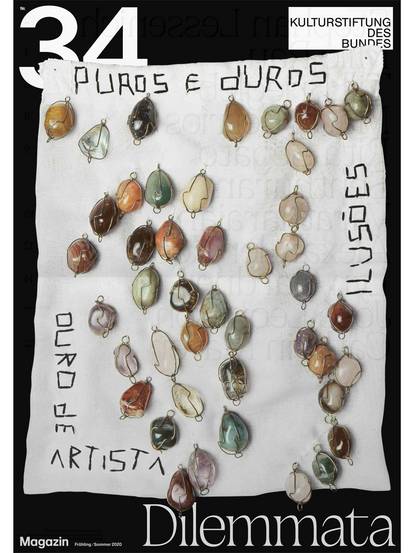
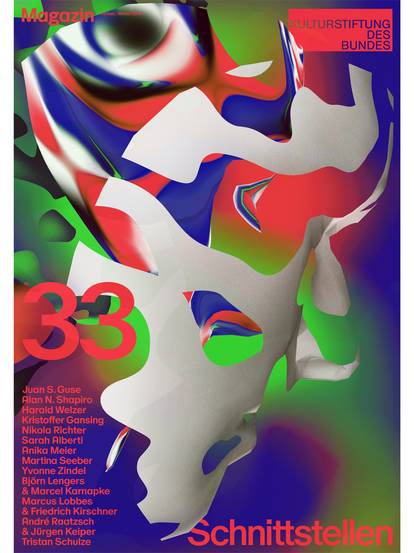
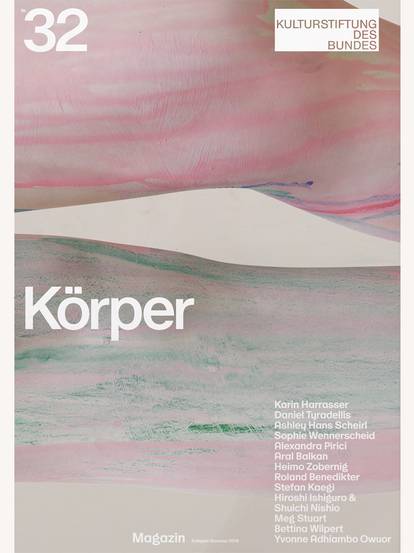
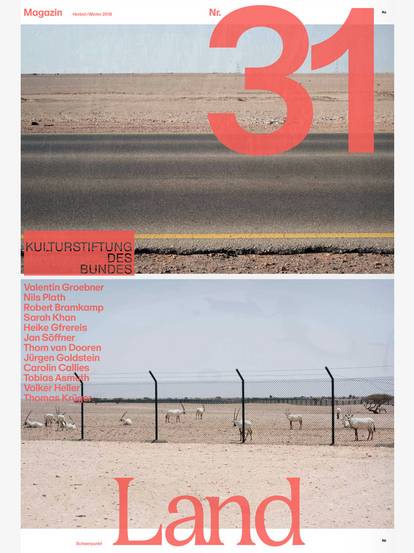
![[Translate to English:] Magazine 30](/fileadmin/_processed_/c/b/csm_magazin30_vorschau_9005f773d3.jpg)


